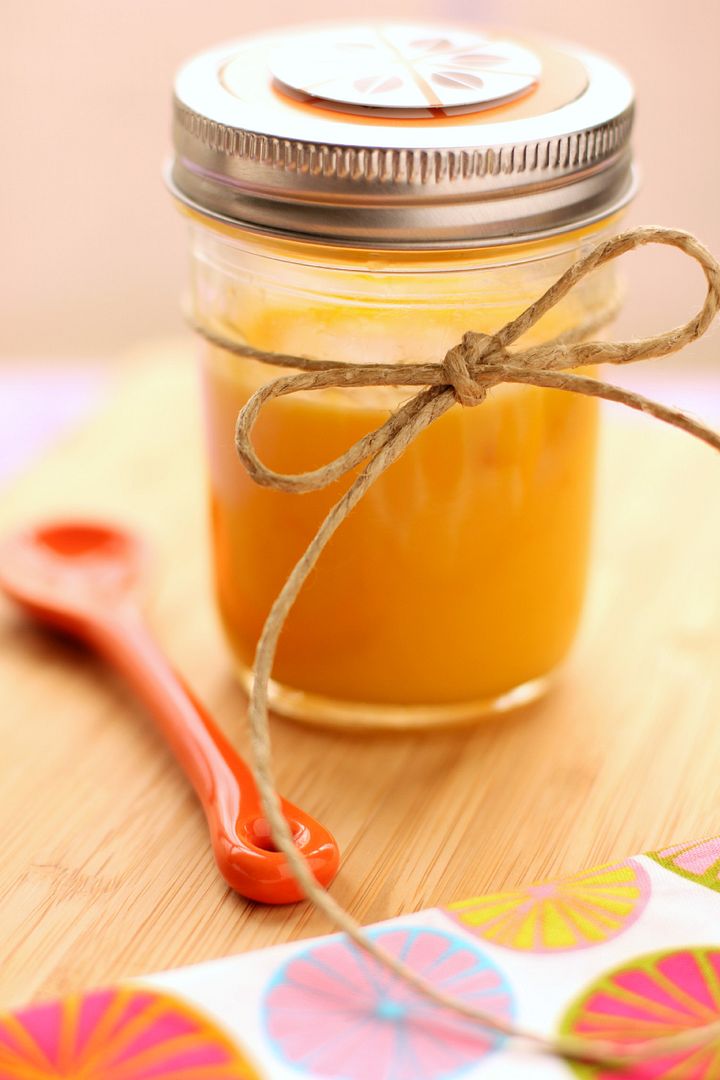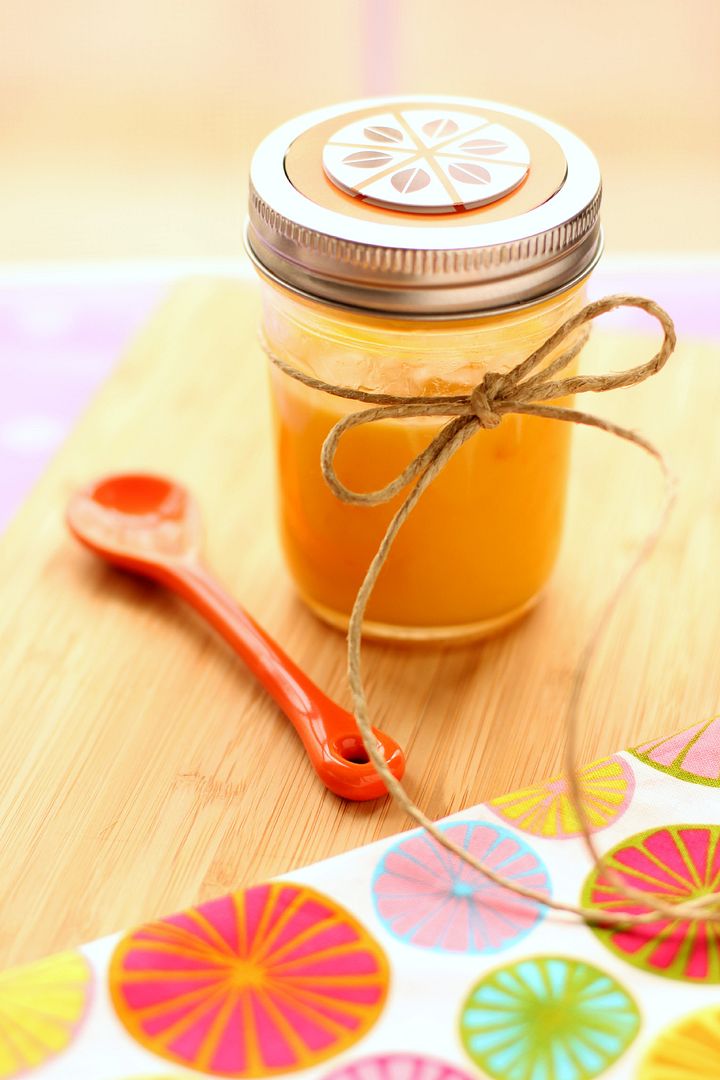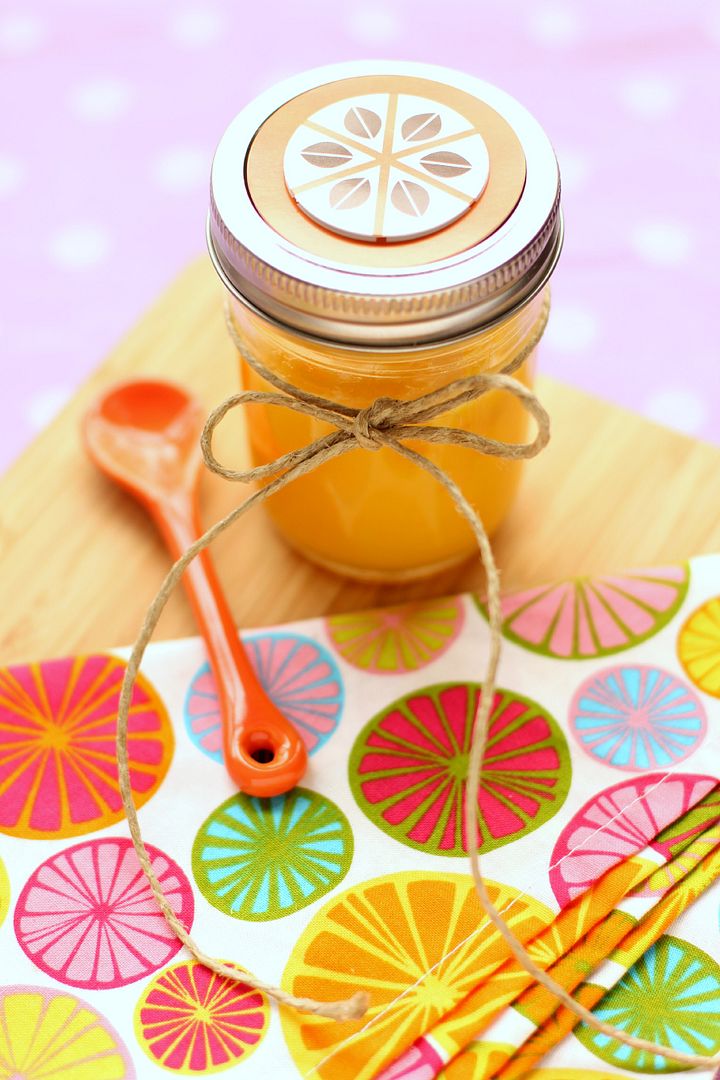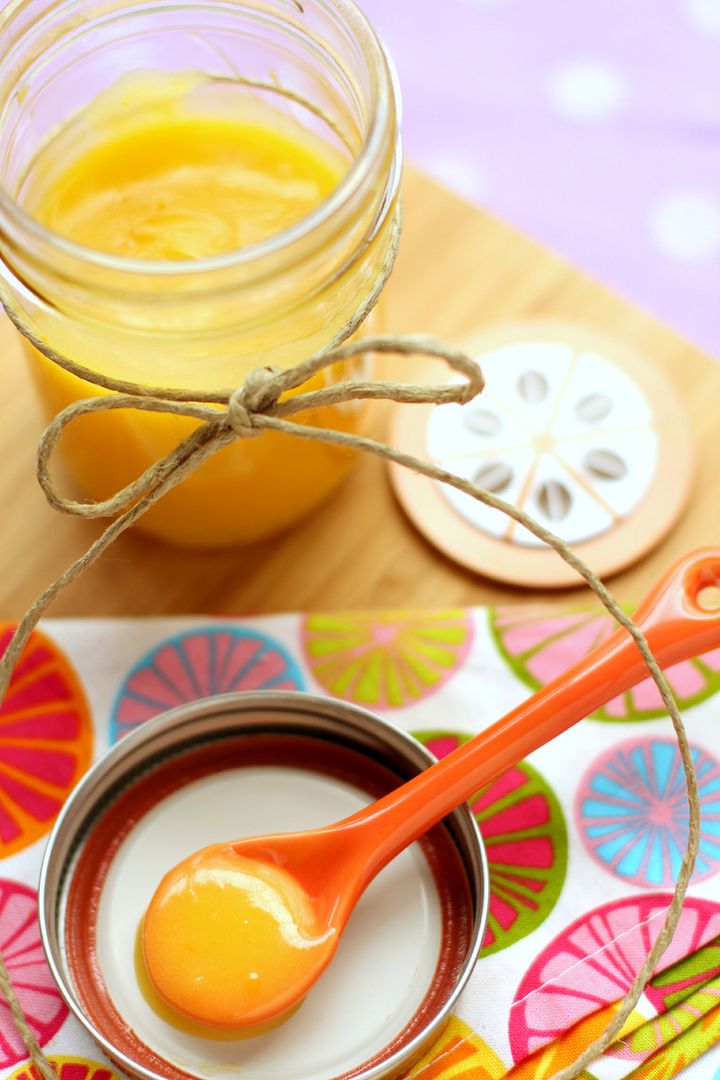
I noticed early on in my teaching career that 6th graders do this thing. A discussion with them about a novel might go something like this:
Me: “What was the main character’s opinion on the government?”
Student: (unsure of the answer) “Hm. Uh.” (stares off into space for a few moments) “Ummm.” (gives up) “Well, I don’t know.”
All the while, the novel itself sits like an ironic little nugget in front of them, untouched. I look at it pointedly. The student looks at me blankly.

At this point, I usually get a little heavy-handed. I give my head an exaggerated scratch and give a shrug of cartoon proportions. “Is there any way we could possibly find out? Is there anywhere in the universe we might be able to get a hint about the answer?” Typically after this bit of melodrama on my part, the students catch my drift, grin, and grab their books.
It’s not a personal failing that they don’t immediately use available resources to form their ideas. Instead, it’s part of natural child development — every 6th grader who enters my class needs to build this skill. I’m here to construct a staircase toward resourcefulness and independence.
In keeping with that, I tell my 6th graders all year long that we’re going to work on finding evidence.

We hunted through the novel Crispin to find for evidence to support our opinions about feudalism. We hunted through a biography about St. Giles to find evidence for why the author included him in the story. We read Greek myths to find evidence to build a definition of what a hero quest is. We found evidence in The Giver that Lois Lowry’s “utopia” wasn’t really all that perfect.
Evidence isn’t just for language arts, either. In the after school Cookie Camp I’m leading right now, the following exchange is a common one:
Me: “What’s the next thing we have to do?”
Camper 1: “Maybe add the egg?”
Camper 2: “Oh, or maybe add the flour!”
Camper 3: “Do we have to add the vanilla next?”
Me: (requisite melodrama) “How in the world are we going to decide?! We don’t want to mess up our cookies, but how do we know what to do?!”
Campers: “Oh, the recipe!”
Oh. The recipe, y’all.
Maybe as you accumulate practice and skill, you can begin to deviate from the recipe, combine recipes, or even create recipes. But in those beginning stages when you’re just learning to bake (or form opinions, or understand new subject matter), you have to learn to go back to the source.

6th grade was a long time ago for me, but I still need this reminder sometimes. I’ll find myself fretting about a decision or wondering why events are unfolding like they are. My cloud of anxiety can narrow my perspective. I need to return to the source during those times. I need to increase my time reading the Bible, return to the basics, and remind myself through the words inspired by God Himself who He is and what He’s done. I need to let go of the other ways I try to find my answers — worrying, busying myself with my to-do list, trying on different reactions to the situations I encounter.
That being said, this post isn’t so much a polished prescription (“just go back to the source, duh — problem solved!”) as it is a revelation of where I am in my thought process right now. I’m reading through Job, the most difficult book of scripture for me (and I don’t mean in terms of comprehension), for the second time in a year. I’m finding some answers, but also more questions. And always, always, I’m asking God to take me back to the recipe, to give me evidence — building blocks of information about what I can do (or what I can release) to glorify Him.
There’s a song I love that says, “[A Father’s] whisper’s like a bridge; it’s a river spanned.” It’s true — every whisper of truth He gives me spans a river of need. So I’ll keep collecting His whispers and weaving them into a path, an answer that won’t be complete in this lifetime.
. . .

In the meantime, in the spirit of going back to the basics, here’s a simple, foundational recipe. A lovely fruit curd can play so many versatile roles in the kitchen: a spread for buttered toast, a dip for shortbread cookies, a base for mousse, a filling for cakes and cupcakes, a quick snack on a spoon. I’ve been in love with Fine Cooking’s foolproof lemon curd recipe since I first found it, and I use it as a base for all other curds I create, such as this clementine curd.
While it takes quite a bit of stirring and only lasts a week in the fridge, curd can be frozen for up to about two months. It’s worth the investment of time and your arm muscles.

How do you go “back to basics” in your life?
Clementine Curd
Recipe by: Adapted from Fine Cooking’s foolproof lemon curd recipe
Yield: about 1 1/2 cups of curd
Bright, sweet, tangy clementine curd is lovely spread on toast, stuffed into cupcakes or cakes, or used as a base for mousse. I make a big batch and freeze it, using it in many different recipes over the course of a few weeks. This curd recipe is adapted from one dubbed “foolproof” by Fine Cooking, and it’s perfect for those who have never made curd before and worry about accidentally cooking their eggs or curdling their mixture.
Ingredients:
6 tablespoons unsalted butter, at room temperature
1 cup sugar
2 large eggs
2 large egg yolks
2/3 cup fresh clementine juice
1 teaspoon grated clementine zest
Directions:
Cream butter and sugar together in a large bowl for about 2 minutes or until light, pale, and fluffy. While mixing, slowly add eggs and yolks. Beat the mixture for 1 minute before mixing in the clementine juice. Don’t worry if the mixture looks curdled, because it’ll get smooth as it cooks and the butter melts.
Cook the mixture in a heavy saucepan over medium heat, stirring constantly, for about 20-25 minutes (lemon curd only takes 15, but I’ve found the clementine curd takes me longer), or until it’s thickening and it registers at least 170 degrees on a candy thermometer (I usually end up around 175 before I get it to the thickness I want). Just don’t let the mixture boil. Also, remember it’ll continue thickening as it cools and then chills, so don’t feel like you have to get it to its final thickness on the stove. When it’s done, it should leave a clean path on the back of a wooden spoon when you run your finger down it.
Remove the clementine curd from the heat and stir in the clementine zest. Transfer the mixture to a wide bowl and place a layer of plastic wrap directly on the surface of the curd to prevent a film from developing. Place the curd in the refrigerate to chill it. Cover it tightly and keep if you about a week in the fridge or for about 2 months in the freezer.
If you liked this post, please:
–Subscribe to Willow Bird Baking
–Follow Willow Bird Baking on Twitter
–Follow Willow Bird Baking on Facebook
–Give this post a thumbs up on StumbleUpon
–Pin It
![]() other ways to share this post with friends
other ways to share this post with friends
20 Comments on Clementine Curd
3Pingbacks & Trackbacks on Clementine Curd
-
[…] Clementine Curd […]
-
[…] since I saw the post for Clementine Curd at Willow Bird Baking, I knew I’d be adding it to my collection. I have made lemon curd many times but never […]
-
[…] site with a lot of very good recipes. I hope you’ll check it out. I followed her recipe for Clementine Curd to the letter. Follow the link to get to the recipe. It wasn’t hard at all, but requires a […]

Lisa
January 19, 2012 at 6:45 pm (12 years ago)Wow, what a beautiful post! I constantly need to be reminded to look to the real source of truth for answers in my life. Thank you for that timely reminder, and for such a great looking recipe 🙂
Averie @ Love Veggies and Yoga
January 19, 2012 at 7:03 pm (12 years ago)Absolutely gorgeous looking!
Lisa S.
January 19, 2012 at 7:07 pm (12 years ago)Love the truth of this post! Going back to the source of life itself makes living life much easier.
Abigail
January 19, 2012 at 7:18 pm (12 years ago)I adore this post and recipe – I’ve only had lemon curd, so I definitely want to try this out. And I’m sad to say that the same thing happens in grad school- I always look around at my classmates, nervous about opening my book because there seems to be some law against it in favor of staring at each other in awkward silence.
Also, my favorite passage to come back to when I’m not sure of things is Philippians 4:6-8:
Be anxious for nothing; but in every thing by prayer and supplication with thanksgiving let your requests be made known unto God.
And the peace of God, which passeth all understanding, shall keep your hearts and minds through Christ Jesus.
Finally, brethren, whatsoever things are true, whatsoever things are honest, whatsoever things are just, whatsoever things are pure, whatsoever things are lovely, whatsoever things are of good report; if there be any virtue, and if there be any praise, think on these things.
CulinarilyCourtney
January 19, 2012 at 8:03 pm (12 years ago)This is also one of my favorite passages! A beautiful post, Julie–and a much needed reminder to us all.
Jessica @ How Sweet
January 19, 2012 at 9:47 pm (12 years ago)Ah! I love this. Totally making it.
Katrina @ Warm Vanilla Sugar
January 19, 2012 at 9:59 pm (12 years ago)Mmm this sounds so yummy!
Karly
January 19, 2012 at 10:53 pm (12 years ago)Confession #1: I just discovered clementines. I’m 29 years old and I ate my first clementine just a couple of weeks ago.
Confession #2: I’m now addicted to clementines.
Confession #3: I’ve never had any sort of curd.
Confession #4: I read this and literally stood up and walked to the kitchen to make this the second I read the last word.
This stuff is chillin’ in the fridge right now and I CAN NOT WAIT to spread some on toast. I licked the warm mixture out of the pan and it tastes like melted push up pops. Push up pops are pretty much the most delicious food known to man.
You are my new hero.
Megan
January 20, 2012 at 1:11 am (12 years ago)I tried making orange curd a while ago and just adapted my favorite lemon curd recipe. It did not work at all. I am trying this next time!
Joanne
January 20, 2012 at 1:59 am (12 years ago)And THIS is how I know you’re a rockstar teacher. (a) You do the whole requisite melodrama thing instead of just shrieking. (b) You obviously really care that they learn skills instead of just facts. (c) You teach them how to bake cookies. Good plan.
I love curds of all kind…but haven’t done anything orange-y yet! This sounds fabulous!
Linda
January 20, 2012 at 9:51 am (12 years ago)Wow. Having taught 30+ years in grades 6-8 (reading, English, and social studies), AND firmly believing in finding the “evidence” in God’s word, AND going through some extremely challenging times right now, AND loving orange and lemon curds but never having tried clementines, I totally loved this post! Hey, change that to totally NEEDED this post! Thank you, thank you. You made my day…hey, my week.
Lauren at Keep It Sweet
January 20, 2012 at 11:30 am (12 years ago)Great idea to make clementine curd. Your photos are gorgeous, Julie!
Ed
February 20, 2012 at 7:15 pm (12 years ago)Hi .. I was just feeling lost one night with a lot of time on my hands wondering what to do while my wife is away being pampered with her mum at a spa when i thought to myself “i know i’ll look up one of the questions my wife asked me the other day that i totally just ignored and write it down in a sweet romantic note for her to say i’m sorry and to tell her that i love her!” Great! So my research leads me to your brilliant article and even more surprisingly to God speaking directly into my life! Brilliant Incredible and Wonderful! He is Good and i am now excited. Thank you. Thank you God, Thank you Jesus, thank you Holy Spirit!You have just reminded me what i need most in my life tonight and He has been Brilliant to me again! Thank you so much. Ed
bobolink
March 1, 2012 at 12:34 am (12 years ago)I added 1/2 cup lemon juice and hard water boiled for 10 min to great success. then made the following cheesecake mousse. AWESOME. delish. thanks.
Julie @ Willow Bird Baking
March 1, 2012 at 12:36 am (12 years ago)So glad you enjoyed it! 🙂
Lindsay
February 23, 2013 at 3:53 pm (11 years ago)This recipe was amazing…of course, in perfect tune with your story, I didn’t read the recipe word for word and put the zest into the pot with the other ingredients when I put everything on the stove. Everything seemed to work out just fine and the curd was a HUGE hit last night at a party – thanks for creating such a great and easy to make recipe!
Julie @ Willow Bird Baking
February 23, 2013 at 4:23 pm (11 years ago)Yay, I’m so glad to hear that, Lindsay! 🙂